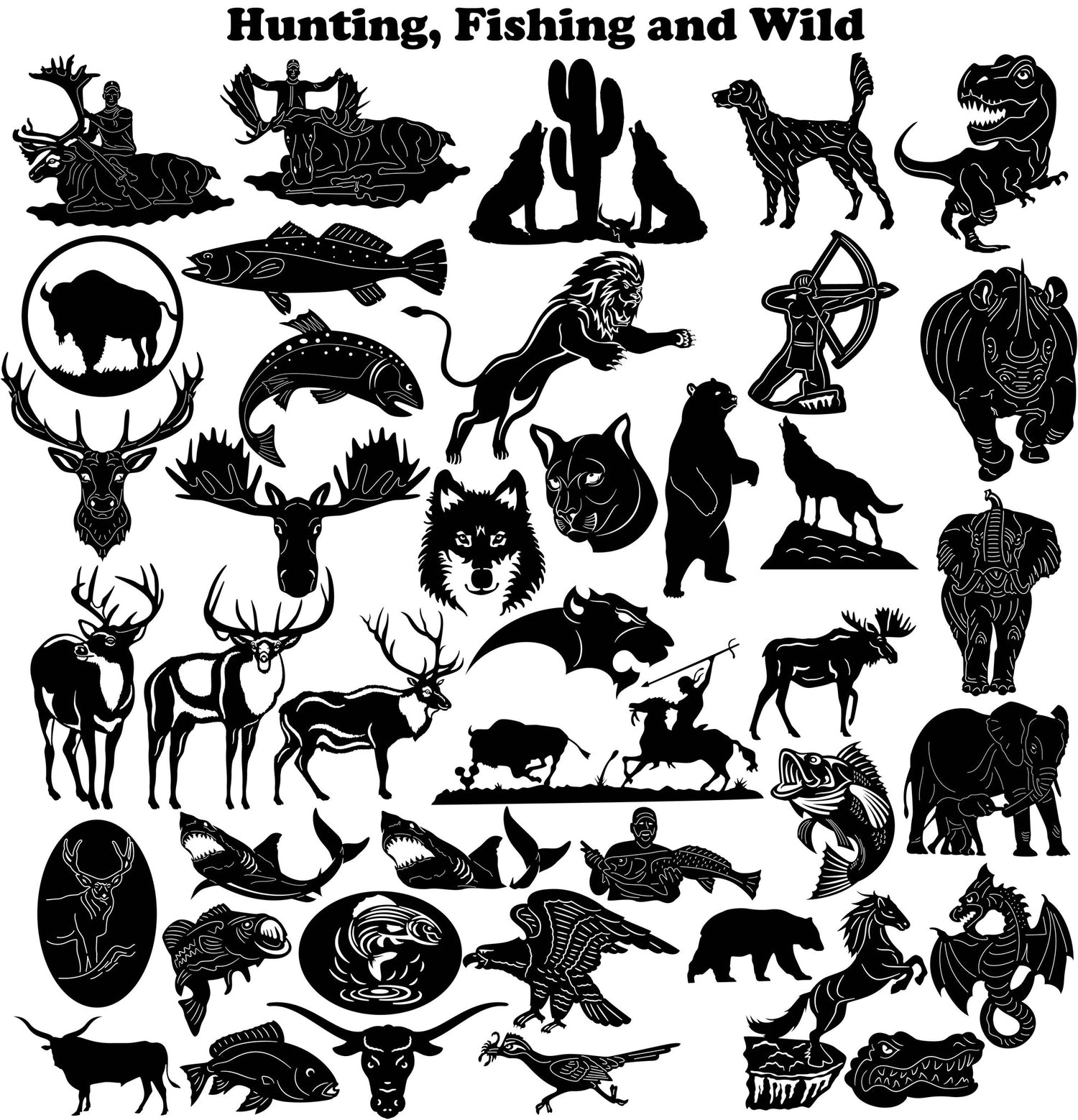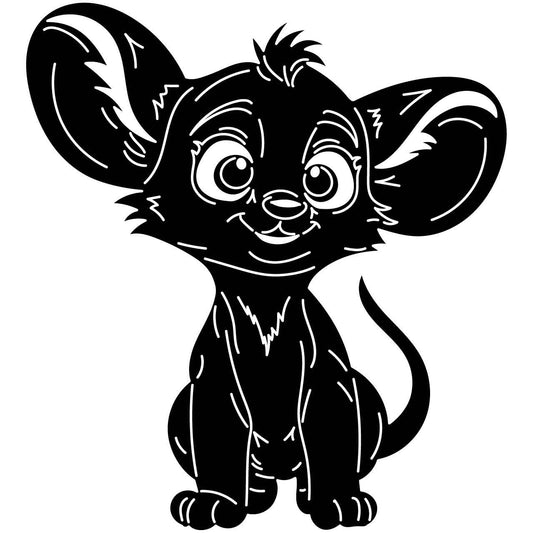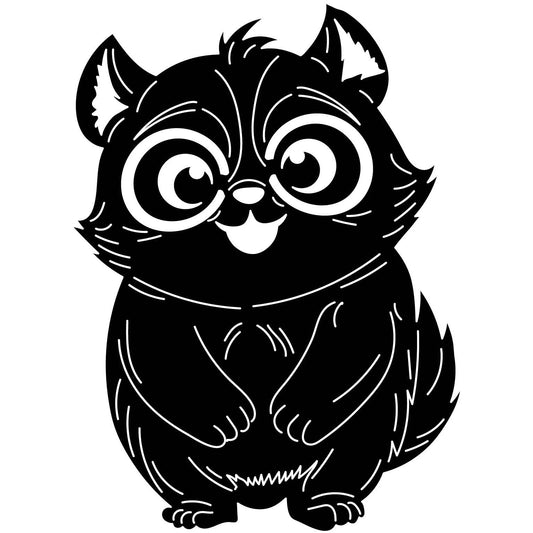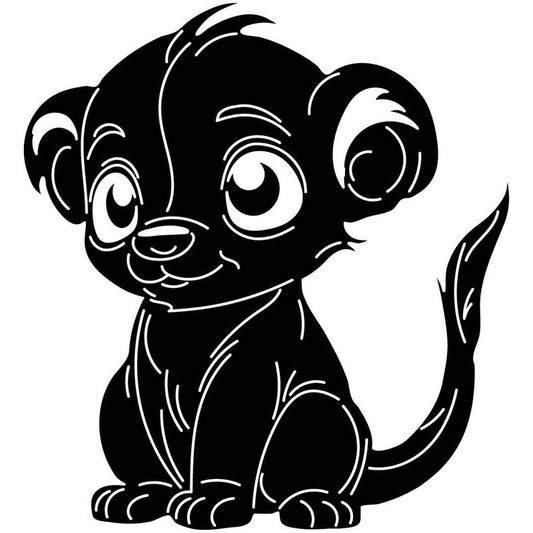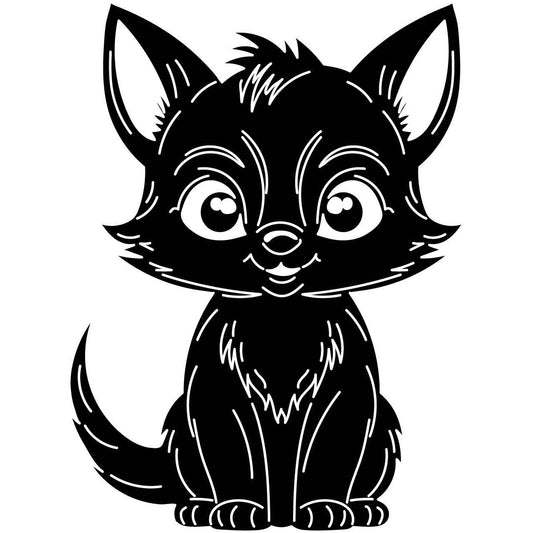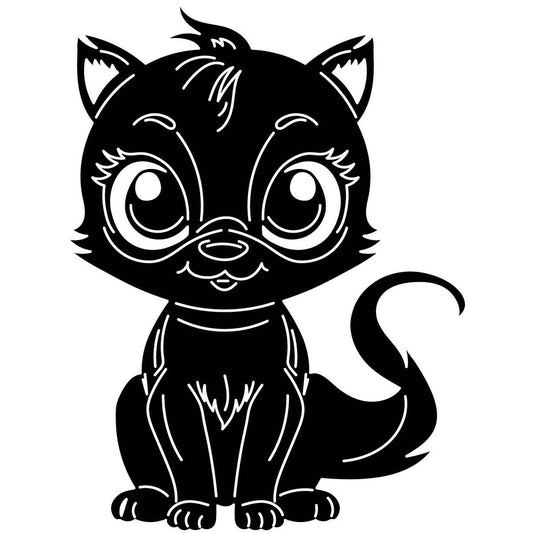When looking at purchasing a CNC (Computer Numeric Control) plasma table, the endless possibilities can make purchasing one difficult. However, knowing what you are looking at and knowing what you will be using your new machine for, will make purchasing one much easier. In this article, we will discuss what to look for in any CNC plasma cutting package. This includes the components, type of table, and supporting programs.
Table Components.
The primary components of most tables include the Y-beam, gantry, X-carriage, Z-head, and slats. The Y-beam is the long axis or Y axis that holds the gantry. This allows the gantry to move up and down in the Y-direction. The gantry rides the Y-beam and holds the X-carriage. The X-carriage or torch carriage holds the torch assembly and allows the torch to move up and down the X-axis. The Z-head holds the torch and allows movement up and down the Z-axis. On most machines, the X, Y, and Z-axis are controlled by servo motors which allow the torch to move to its desired path. The servo motors and Computer work in conjunction and are what control the movement of the cut once programmed. The slats are metal runners that are spaced across the table. These slats provide support to the part as its being cut. Almost all tables are configured in this setup and are proven to be the most reliable configurations. Some tables come with different features. One feature most tables will come with is a magnetic breakaway torch carriage. This can save you time and money. If programmed improperly a torch can take a nose dive and can cause damage to the components inside or even the carriage. In addition, if a slug lifts up from a part while cutting and a torch makes contact, it can cause damage to the system. With the magnetic breakaway, any force over that of the magnetic force will dislodge the carriage and stop the program. Another key feature is automatic torch control. If a raw sheet is not perfectly flat, a sensor mounted on the carriage can adjust the torch height so you always have proper torch height and do not make contact with the part, which could cause damage. When having both features, programming time will decrease and unintended torch collisions can be less catastrophic. Even though many tables will have a similar setup, the table itself can be vastly different. The reasoning for this is fume control.
Best Free DXF Files for Your CNC Machine.
Types of Tables.
When cutting through the material, extremely hot molten metal is being blasted out the back of the piece scattering debris everywhere. It is also known that hot air rises and these tiny particles can rise into the air causing inadequate working conditions. Over time with no fume control, an entire shop or garage can become fully covered in black debris. This is where the molten material has landed and stayed. This is not the desired outcome for any hobbyist or manufacturer. To combat this, table manufacturers have come up with two types of tables. The two types of available tables are the downdraft table and the water table. The downdraft table uses a fume extracting system that sits above the table. With the part sitting on the slats of the table, the system then sucks up any debris trying to escape the table while cutting. The water table accomplishes the same goal as the downdraft table but uses water instead of an extracting system. The table works by filling it up with water until the water is close to or touching the desired part to be cut. When the part is being cut the molten material is blasted out the back and hits the water. This instantly cools the molten material and sinks it to the bottom of the table. Thus, by sinking the debris it can’t escape into the air. Both tables achieve the same goal but the water table holds advantages over the downdraft table. When cutting, your part is constantly increasing in temperature. When performing long heavy cuts the heat builds up in the part causing it to warp and bend. This can cause improper torch height and line of cut. This can leave your part with inadequate finished edges or even a bad part. Owners of a water table can fill it up so the water is touching the part or even submerged. This ensures a cool part when performing long cuts. Knowing what type of material you will be cutting or in what setting will determine what table is best for you. Another factor that you will have to consider is what size table you will need. Tables come in all configurations. Most table manufactures provide a set list to choose from. However, some table manufactures allow for custom sizes. The reasoning for this is due to the simplicity of the parts and function as explained above.
Software.
When purchasing a package, many manufacturers will have proprietary programs that will come with the package that allow operation of their product. This is commonly called a CAM (Computer Aided Manufacturing) program. This will aid in the nesting of desired parts and the programming of the cuts. When nesting, you have a raw sheet of metal and a desired part or parts. The Nesting program will allow you to position the parts on your raw sheet and allow for the best usage of the raw material. Some programs require manual manipulation while others can auto nest them depending on their shape and the raw material size being used. The actual cutting program can vary in many ways from company to company and requires far more insight when programming. All software will allow the basic programming of controlling feed rate and the cut path. The more optimized software allows auto part tabbing, automatic beam offset, lead in style, and much more. With higher-end packages, these programs will have these extra features which in turn make programming much easier and allow for better cutting conditions. Depending on the application used, will determine if the extra software is worth the investment.

All Entire DXF Files Packages (Bundle) only $1599.99
Conclusion.
When purchasing a plasma table, there are many different packages and the company’s competing for your business. With this comes options and in turn, comes hard choices. Sometimes it is hard to know what all you are getting in a package. Additionally, it is hard to know what the components and software are and what their function is. In this article, we covered the basic components of a table, the two primary types of tables and the available software that can come with a package. With this information, you should have a head start on knowing what you are looking at and what to search for when purchasing your next CNC Plasma Table.
Nicholas Kinney,
Nicholas is employed at Diamond Manufacturing Company as a mechanical engineer. His responsibilities/experience include the CNC programming of their turrets and fiber laser. Outside of work, he enjoys machining, plasma cutting and working on his invention of an electromechanical anti-jackknifing system for tractor trailers.
